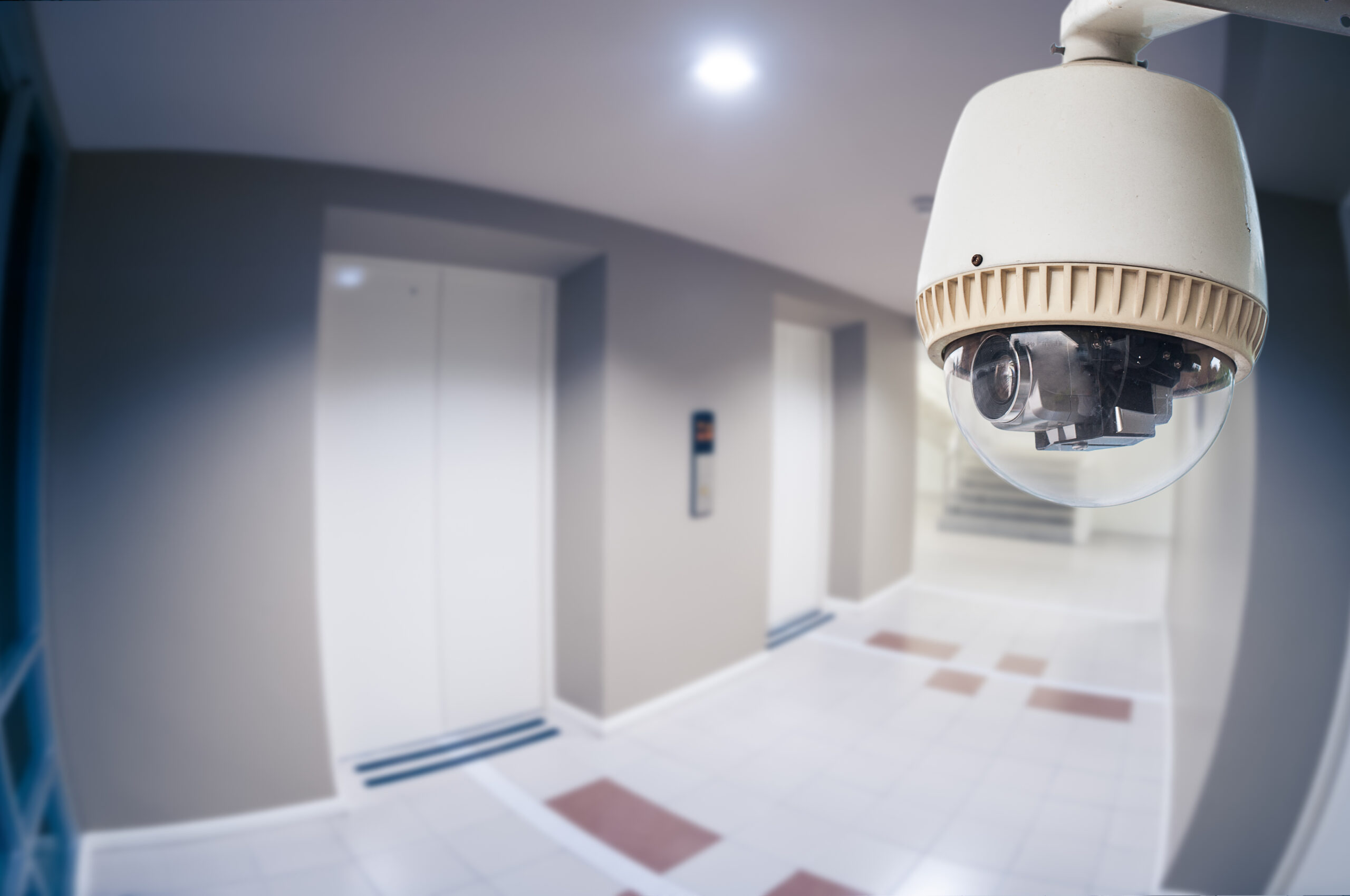
AdobeStock by stnazkul
<h2><span data-contrast="auto">Some schools are considering installing cameras in bathroom wash-areas to combat bullying and vaping, though Michael Webster, the Privacy Commissioner, warns there are several factors to consider. </span><span data-ccp-props="{";201341983";:0,";335559739";:160,";335559740";:259}"> </span></h2>
<p><span data-contrast="auto">In September this year, </span><a href="https://www.stuff.co.nz/national/politics/local-democracy-reporting/300965524/vaping-epidemic-prompts-cameras-in-school" target="_blank"><span data-contrast="none">Rangiora High School installed cameras</span></a><span data-contrast="auto"> to combat youth vaping. Principal Bruce Kearney said that students were gathering around toilet blocks in large groups to vape, and displaying antisocial behaviour. </span><span data-ccp-props="{";201341983";:0,";335559739";:160,";335559740";:259}"> </span></p>
<p><a href="https://www.schoolnews.co.nz/latest-print-issue/" target="_blank" rel="noopener"><strong>Read the Term 3 edition of <em>School News</em> HERE</strong></a> </p>
<p><span data-contrast="auto">“Students often vape in our toilets in large groups and it can be intimidating for our students to actually use the toilets for their intended purpose.”</span><span data-ccp-props="{";201341983";:0,";335559739";:160,";335559740";:259}"> </span></p>
<p><span data-contrast="auto">To ensure there were no privacy breaches, clear signs around cameras were installed, and they were limited to common corridors and areas. Sensors and cameras were slowly being rolled out across the school. </span><span data-ccp-props="{";201341983";:0,";335559739";:160,";335559740";:259}"> </span></p>
<p><span data-contrast="auto">Board of Trustees chair Simon Green said that so far, the new system had been successful. </span><span data-ccp-props="{";201341983";:0,";335559739";:160,";335559740";:259}"> </span></p>
<p><span data-contrast="auto">“We’ve had no concerns raised around privacy so far, and they are only being placed in the corridor and not in the cubicles themselves, so there is no privacy issue.</span><span data-ccp-props="{";201341983";:0,";335559739";:160,";335559740";:259}"> </span></p>
<blockquote>
<p><span data-contrast="auto">“The sensors are pretty good at picking up when people are using the toilet for a purpose other than what is intended.”</span><span data-ccp-props="{";201341983";:0,";335559739";:160,";335559740";:259}"> </span></p>
</blockquote>
<p><span data-contrast="auto">Recently, a report was also released that showed up to </span><a href="https://www.stuff.co.nz/national/education/300955821/more-than-10-of-kids-are-physically-hurt-by-bullying-at-school--report" target="_blank"><span data-contrast="none">10 percent of New Zealand students</span></a><span data-contrast="auto"> were being physically harmed through peer bullying. </span><span data-ccp-props="{";201341983";:0,";335559739";:160,";335559740";:259}"> </span></p>
<p><span data-contrast="auto">Though a security system may be a good way to combat these issues, Webster noted that “Bathrooms are highly sensitive zones for privacy”, meaning schools should tread carefully. </span><span data-ccp-props="{";201341983";:0,";335559739";:160,";335559740";:259}"> </span></p>
<p><span data-contrast="auto">He said that more school leaders had been enquiring about the use of cameras, and outlined a few measures that community leaders should take first. </span><span data-ccp-props="{";201341983";:0,";335559739";:160,";335559740";:259}"> </span></p>
<p><span data-contrast="auto">Any cameras being installed would need to be done so in a transparent process, ensuring open and adequate communication with the staff, students and wider community. </span><span data-ccp-props="{";201341983";:0,";335559739";:160,";335559740";:259}"> </span></p>
<figure id="attachment_16326" aria-describedby="caption-attachment-16326" style="width: 680px" class="wp-caption aligncenter"><img class="wp-image-16326 size-full" src="https://www.schoolnews.co.nz/wp-content/uploads/2020/04/AdobeStock_222337684-scaled-e1622778352719.jpeg" alt="" width="680" height="383" /><figcaption id="caption-attachment-16326" class="wp-caption-text">pavelkant © &#8211; stock.adobe.com</figcaption></figure>
<p><span data-contrast="auto">Communication would need to include what information the school is collecting and why. Cameras also need to be trained outside of changing and toilet areas. </span><span data-ccp-props="{";201341983";:0,";335559739";:160,";335559740";:259}"> </span></p>
<p><span data-contrast="auto">Records should only be kept as necessary and schools should be aware of who has access to the information after it’s been captured. There should also be a system in place for deleting videos. </span><span data-ccp-props="{";201341983";:0,";335559739";:160,";335559740";:259}"> </span></p>
<p><span data-contrast="auto">Webster recommends that school leaders’ first port of call is a privacy impact assessment. </span><span data-ccp-props="{";201341983";:0,";335559739";:160,";335559740";:259}"> </span></p>
<p><span data-contrast="auto">“Remember that everyone, regardless of their age, has privacy rights,” Webster concludes.</span></p>

NZEI Te Riu Roa is considering legal action against the government for the disestablishment of…
NZQA is implementing AI-marking for all Year 10 written assessments from this year onwards, following…
Teaching personal financial responsibility isn't enough. Children should be taught broader economic context, argue New…
When students can't hear the teacher, they can't learn properly. Sound quality matters in education…
The Garden City is rich with learning opportunities, no matter what subject or part of…
Teaching Council of Aotearoa launch school leaders’ stories project with Unteach Racism to challenge institutional…
This website uses cookies.